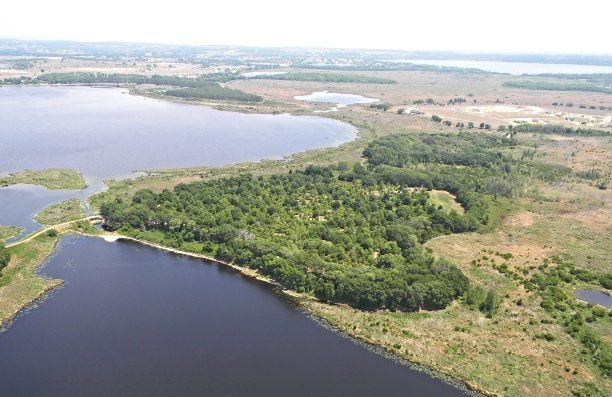Ambersweet Orange
Most Ambersweet fruit are medium-sized with a diameter of 2½ up to 3¾ inches. The color of both the peel and flesh is quite good for an early orange and makes the fruit quite appealing. The shape of the fruit is somewhat unique, being tapered at the stem end with a slightly pear-like overall shape. The peel is thick and tends to be rather pebbly in texture. Ease of peeling is good for eating out of hand. Seed numbers may vary greatly with as few as 0 to 30 or more seeds per fruit. Fruit produced on trees in solid plantings of Ambersweet are likely to be nearly seedless, while trees in mixed plantings are usually seedy due to the influence of cross-pollination.
Yields of Ambersweet have proven to be commercially unsatisfactory and many, if not most, plantings have been removed or topworked to more desirable varieties.
The fruit matures in October most years in Florida and is harvested through December and in some years even into January. Peak quality is attained in November and December most seasons. Low yields and poor juice quality have relegated this variety to the dooryard.
Ambersweet trees are moderately vigorous and tend to be upright in shape. Foliage is usually fairly dense. Young shoots may have small thorns. The trees have shown moderate cold-hardiness, but are not greatly different than other early oranges. The fruit should be fully mature in most years before the danger of serious cold weather which would allow for removal of the crop before danger of freezing temperatures.
Ambersweet trees were evaluated on Cleopatra mandarin, sour orange, Carrizo citrange, and rough lemon rootstocks prior to the cultivar release. Rough lemon produced higher yields in the 10-year evaluation period but fruit quality was best on Cleopatra and sour orange. Limited field observations of Ambersweet on Swingle citrumelo rootstock suggest that this is also a satisfactory rootstock.

